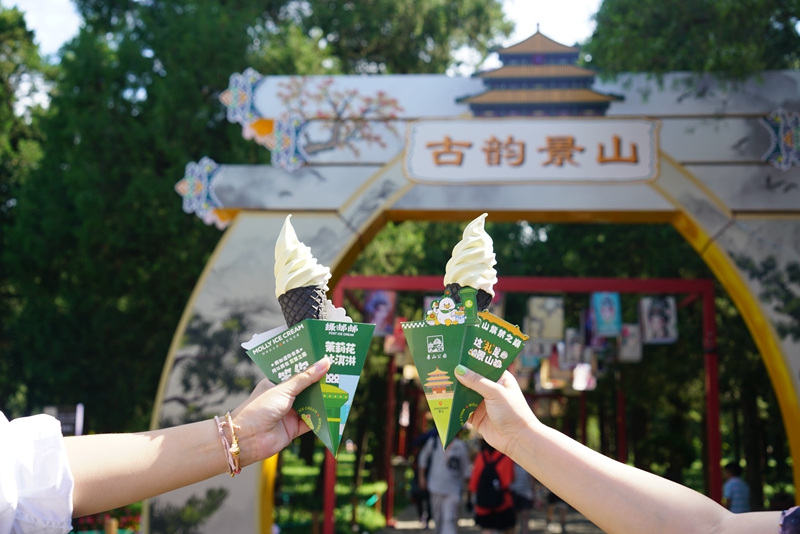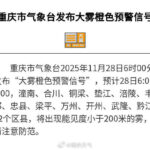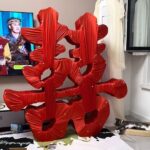Jingshan Park in Beijing launched its 15th Premium Bonsai Exhibition titled “Captivated by Bonsai · Scenic Splendor Along the Central Axis” in July 2025. To enhance visitors’ cultural experience, the park has organized a series of refresh activities during the exhibition, blending the essence of northern and southern bonsai art, introducing a new postal culture landmark, and offering seasonal specialty drinks. This allows visitors to enjoy both the summer coolness and the garden’s elegant charm and innovative vitality along the central axis.
In early August, a joint exhibition of premium bonsai art from Central China (Henan) and Southern Fujian (Fujian) debuted in the Shouhuang Palace complex within Jingshan Park. Visitors can not only appreciate the historical ambiance of the ancient red-walled architecture but also admire bonsai masterpieces with distinct regional characteristics, experiencing the fusion of northern and southern bonsai cultures.
Henan-style bonsai features unique techniques, such as the “weeping willow imitation” method for tamarisk, creating an elegant, flowing appearance. Fruit tree bonsai combines the ruggedness of “pine tree imitation” with the wild beauty of natural forms, blending the refined solitude of literati trees with the grandeur of ancient tree styles. Fujian-style bonsai showcases meticulous craftsmanship, employing the Lingnan School’s “trunk-cutting and branch-growing” pruning technique to highlight natural ecology, representing the essence of Min-style bonsai art.
Currently, the bonsai exhibition areas are spread across the Shouhuang Palace complex, East Gate Plaza, West Gate Plaza, and along the main park paths. The classic red walls and golden tiles contrast beautifully with the delicate bonsai, creating an artistic atmosphere where every step reveals a new scenic delight.
Marking the first anniversary of Beijing’s Central Axis being listed as a UNESCO World Heritage site, Jingshan Park has introduced a new cultural dissemination initiative. Partnering with China Post, the park has opened the first “Peak of the Forbidden City” postal tourism kiosk (No. 0001) at the West Gate. This is not only the first tourism-themed kiosk in a Beijing scenic area but also a pioneering model integrating “tourism + postal services + convenience.” Beyond traditional functions, it serves as a cultural showcase: visitors can purchase exclusive Jingshan-themed文创 products, peony stamp collectibles, and “Green Postal”文创 ice cream, enjoy free reading in the报刊 area, or even mail祝福 with a Jingshan postmark, seamlessly blending culture into daily life.
In the future, leveraging Beijing Post’s network of over 600 citywide kiosks, this will become a primary hub for Central Axis culture—a “three-dimensional宣传 window” spreading its essence across the urban landscape, making it truly accessible and resonant.
Alongside the exhibition updates, the popular “Shan You Li”文创 café has introduced new seasonal offerings, providing refreshing treats for early autumn. The latest additions include light milk tea and slush series, inviting visitors to savor “the first cup of autumn milk tea.”
Two slush drinks draw inspiration from architectural imagery, transforming “Forbidden Clouds” and “Spring Snow Glaze” into sip-worthy landscapes. The milk tea series highlights非遗 techniques and floral tea aromas, capturing Jingshan’s blossoms in every cup.
Park representatives stated that the summer bonsai exhibition will continue to offer enriching cultural and leisure experiences for visitors.



